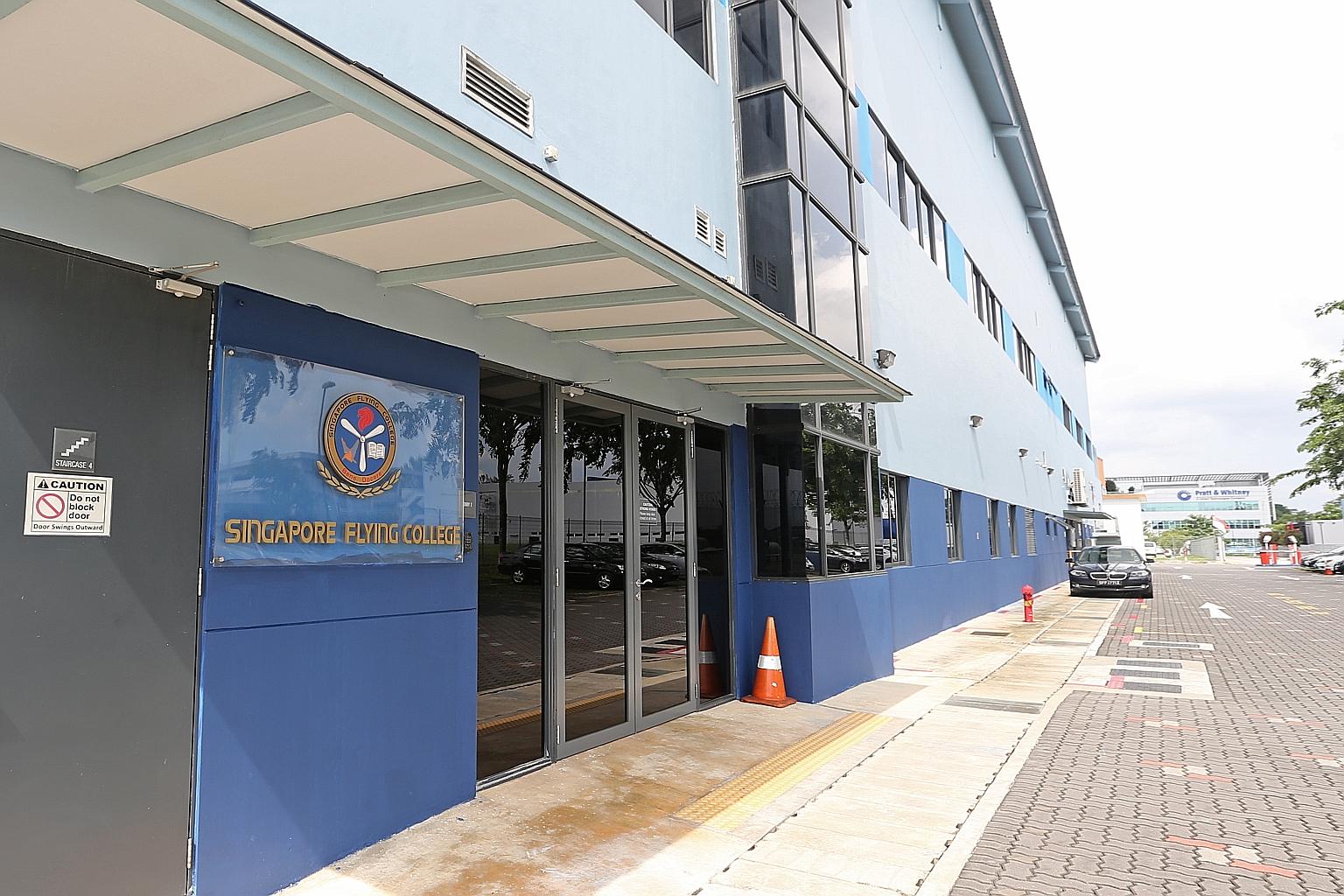SIA may shut flying school in Seletar
Under consideration: moving training ops to Malaysia and using third-party providers
Sign up now: Get ST's newsletters delivered to your inbox

The 27-year-old Singapore Flying College in Seletar currently provides initial training for pilot cadets before they head off to the airline's facility in Jandakot, Perth.
ST PHOTO: SEAH KWANG PENG
Karamjit Kaur
Follow topic:
Singapore Airlines (SIA) is considering closing Singapore Flying College - its 27-year-old flying school in Seletar - as part of a review of its pilot training programme, sources have told The Straits Times.
One option being considered is to move its training operations to Malaysia where air space is less tight and operating costs are lower.
As part of the review, SIA is also understood to be considering the feasibility of farming out some of the training to third-party providers.
The airline takes about three years to train cadets at its facilities in Singapore and Perth, Australia, putting them through ground school, solo flying in a light aircraft and simulator training. The initial training is done at the Singapore Flying College, after which the cadets head off to Jandakot, Perth.
A source said: "With the business slowdown in recent years, there has been an underutilisation of SIA's training facilities and resources, which is one reason why the review has become more important."
The airline has more pilots than it needs and has tried to reduce its manpower in recent years with initiatives such as offering them voluntary unpaid leave. In 2013, SIA also told its 76 expatriate pilots that they would have to leave before their three-year contracts expired.
Asked if there are plans for an overhaul of the training programme, including moving out of Singapore, SIA spokesman Nicholas Ionides said: "We constantly review our training requirements. All options are constantly kept under evaluation, but any discussions we may or may not have with other parties are confidential."
He added that the airline "remains very much committed to developing pilot resources in-house".
Mr Ionides acknowledged that training resources have been underutilised, adding: "There have been some reductions in training personnel over the past few years and some reduction in training aircraft, although the latter was largely due to the fact that older aircraft were due for retirement."
The airline's flying school now has seven aircraft and three instructors in Seletar, and 12 aircraft and eight instructors in Perth.
Mr Paul Yap, who heads Temasek Polytechnic's aviation and aerospace centre, said that it makes sense for SIA to outsource pilot training, which has been a growing trend among both low-cost and full-service airlines.
"In the past, there weren't many reputed independent pilot training schools, but now there are," he said. "Farming out pilot training also gives airlines the flexibility of scaling up or down when necessary, instead of investing in expensive equipment and other resources which lie idle during a downturn."
With rivals like Emirates and Cathay Pacific performing strongly, SIA has to keep a close eye on its costs and bottom line.
A squeeze on profits in the last few years has already prompted the Singapore carrier to reassess its priorities and strategies.
From investing in the low-cost sector with the launch of long-haul budget carrier Scoot and taking a bigger stake in Tigerair, to starting joint-venture carrier Vistara in New Delhi, experts believe SIA is moving in the right direction.
Mr Yap said: "In an increasingly competitive environment, airlines need to focus on their core business and leave everything else, including the training of pilots, to outside experts."

